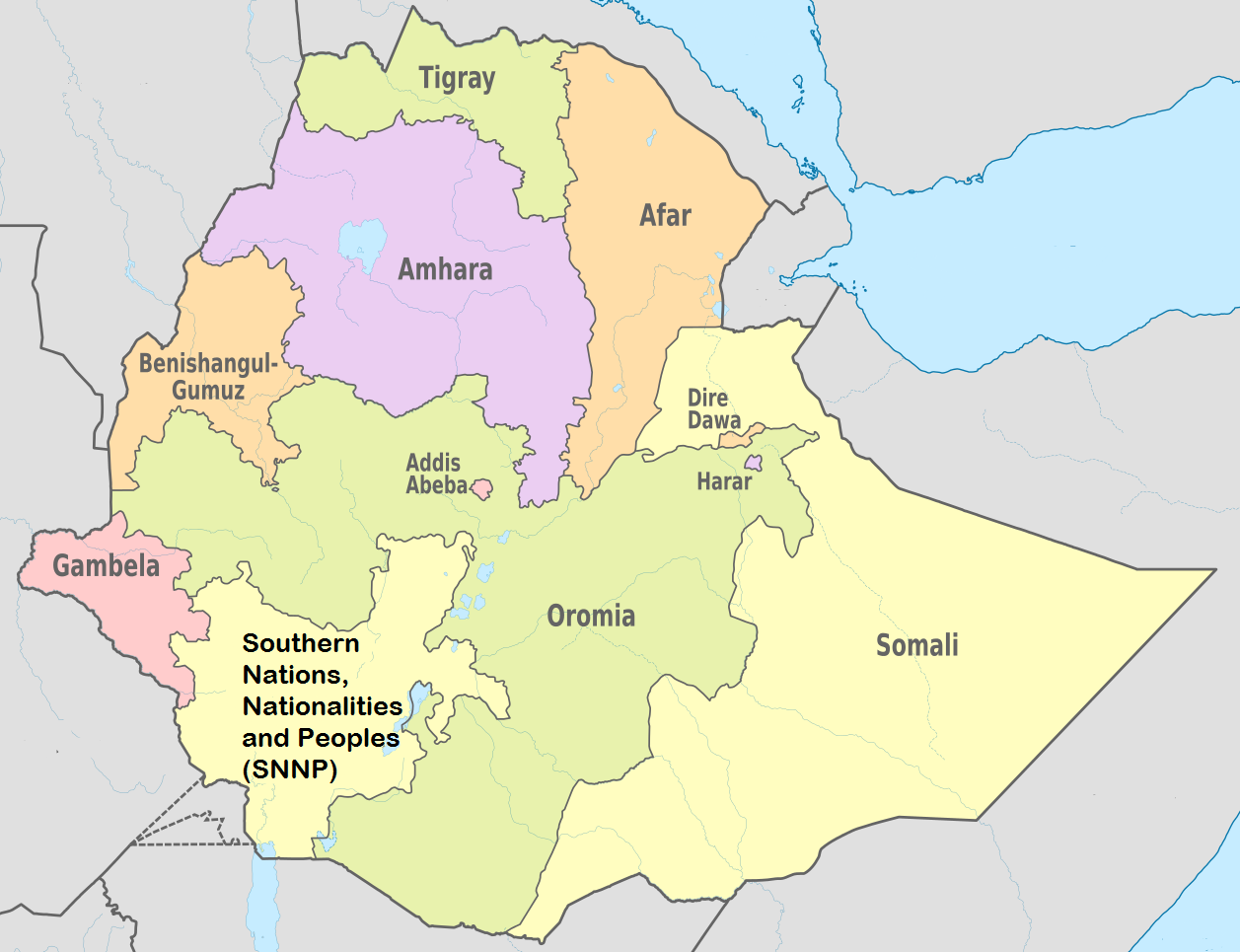
UN High Commissioner for Human Rights Michelle Bachelet addressed allegations of human rights and humanitarian law violations in Ethiopia in a Dec. 22 statement, calling for an investigation into the claims, and urgent protection of civilians. The conflict between central government forces and the Tigray People’s Liberation Front (TPLF) began seven weeks ago, in the Tigray region of northern Ethiopia. Abuses were reportedly carried out by both central government and TPLF forces—as well as by the armed forces of neighboring Eritrea, which has entered the conflict on the side of the Ethiopian central government.
Several large artillery bombardments were allegedly carried out in Humera between Nov. 9 and 11. Witnesses report that shells were launched from Eritrea, devastating residential areas and destroying a hospital. The Ethiopian army and allied regional Amhara forces reportedly then took control of Humera, where they killed civilians and looted buildings. A second massacre is also alleged to have occurred in Mai Kadar on Nov. 9. Several hundred people were killed in Mai Kadar, the majority of whom were Amharan.
In her statement, Bachelet said that these killings could be classified as war crimes if “civilians were deliberately killed by a party or parties to the conflict.” Given the likelihood that these actions fall under such a category, she also called for an immediate, impartial, and thorough investigations into the killings.
There have also been growing concerns over potential human rights abuses during the region’s communications blackout that started on Nov. 4, as well as for the ongoing safety and physical wellbeing of the some 96,000 Eritrean refugees who were located in Tigray when the conflict began.
Tens of thousands of individuals have been displaced due to the conflict, and more than 54,000 Ethiopians have fled from the Tigray region to Sudan.
From Jurist, Dec. 23. Used with permission.
See our last post on the Tigray conflict.
Map via EthioVisit





New ethnic massacre in Ethiopia
At least 100 people were slain by armed assailants in Ethiopia’s western Benishangul-Gumuz region on the morning of Dec. 23. The assailants targetted Amhara, Oromo and Shinasha residents of villages in the region. Amnesty International said “this attack appears to be the latest targeting of people of ethnic minorities in the area. Since September 2020, there have been successive waves of violence targeting the ethnic Amhara, Shinasha, Oromo and Agew residents of Benishangul-Gumuz Region.”
At least 34 Amhara and Agew people were killed by armed ethnic Gumuz forces while traveling by bus in Dibate district of Benishangul-Gumuz region in November. The armed assailants refer to the non-Gumuz ethnic minority communities as “Qey” (literally translated as “red”), in apparent reference to their comparatively fair skin tone.
Ethiopia’s Prime Minister Abiy Ahmed was in Metekel town on Dec. 22 to discuss with regional officials how to resolve repeated violence targeting ethnic minorities in the region, who are perceived as “settlers” by members of the ethnic Gumuz community.
Another ethnic massacre in Ethiopia
More than 100 civilians, including children as young as two years old, have been killed in the latest massacre to afflict western Ethiopia. The attack took place in Daletti, in the Metekel zone of Benishangul-Gumuz, which has been plagued by recurring violence in recent months that has left hundreds of people dead. According to the Ethiopian Human Rights Commission (EHRC), witnesses said the attack was carried out by the Oromo Liberation Front and local Gumuz ethnic militias. (Al Jazeera, Borkena, NYT)
Massacre at Ethiopia’s Ark of the Covenant
Some 800 people were reportedly killed during a massacre at a Christian church in Axum, Ethiopia, where worshippers believe the Ark of the Covenant is housed.
The Church of St Mary of Zion became a place of refuge for Ethiopians in the Tigray region fleeing the country’s civil war.
It came under siege last year amid clashes between government forces and rebel militia, resulting in hundreds of deaths, which have only become public knowledge now. Due to Tigray’s phone lines being cut and a ban on journalists, death toll estimates varied.
As the region begins to reconnect with the outside world, a deacon who says he witnessed the atrocity and its aftermath has given an account of what happened over the final weekend in November 2020. (The Independent, Christianity Today)
Eritrean forces named in Axum massacre
Eritrean troops killed scores of civilians in Axum last November, according to Amnesty International. The massacre had been reported by activists and eye witnesses before, but evidence was scant. Now Amnesty reports that after Ethiopian and allied Eritrean troops took the town from the Tigray People’s Liberation Front, 10 days of looting, intimidation, and executions began. Amnesty also found evidence of mass graves and indiscriminate shelling in satellite imagery. In response, Ethiopia’s human rights commission said it also had evidence of killings by Eritrean soldiers but has not completed its investigation. Eritrea denies the massacre, calling allegations “outrageous lies.” (TNH)
UN officials urge halt to gender-based violence in Tigray
Amid reports of deteriorating humanitarian conditions in Ethiopia’s Tigray region, several UN officials called for a halt to “indiscriminate and targeted attacks against civilians, including rape and other horrific forms of sexual violence.” The statement comes amidst ongoing conflict between central government soldiers and the Tigray People’s Liberation Front (TPLF) in the northern Ethiopia region. (Jurist)